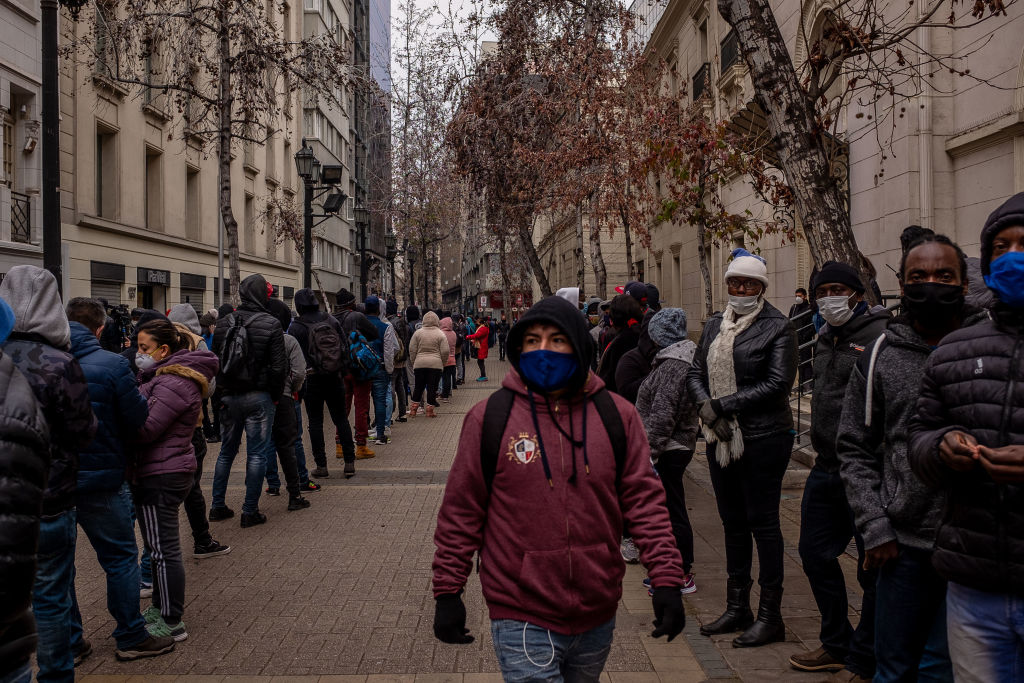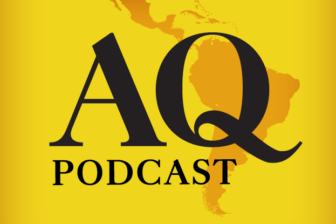SANTIAGO — When Congress authorized Chileans to withdraw 10% of their pension savings in July, legislators had vowed it would be a one-time relief measure.
But by early December, they had authorized a second withdrawal, and there could have been more authorizations, had the Constitutional Court not intervened to stop a third bill.
Opportunism won out over objections from experts across the political spectrum, with politicians seizing on a combination of concerns over the country’s private pension model and the pandemic-exacerbated existential fears of one key group: the middle class.
This heterogeneous socioeconomic group, best known for its unpredictable voting behavior, is in fact the fruit of what was to be known as Chile’s economic “miracle.” After overcoming the extreme poverty of 1970 and calming the 369% inflation rate of 1974, the country went through a series of economic reforms including introducing a value-added tax at a rate of 20%, the liberalization of interest rates and the privatization of banks. Then the creation of the private pension system in 1981 provided a solid base for long-term investment in the country.
Chile’s GDP increased by an average 5.4% a year from 1986 to 2013, leading to the rise of a middle class, which now accounts for 65% of the population by World Bank standards.
Though Chile’s basic private pension scheme (the system also includes a “solidarity pillar,” or supplementary welfare payment for individuals with low savings), was a driver of the aforementioned economic miracle, it has since become an easy target.
Chilean workers contribute a mandatory 10% of their income to privatized pension funds managed by Administradoras de Fondos de Pensiones (AFPs), which invest the money and pay out pensions as men and women reach 65 and 60, respectively. But payouts are low, with most pensioners receiving a fraction of their salary prior to retirement — 80% get less than the minimum wage.
But rather than heeding the plethora of reform proposals for improving the system, Congress chose an irresponsibly short-sighted solution. The pension withdrawal authorizations defy understanding. Not only are they reckless, they represent an attack on the very logic of the Chilean system of social security and economic development based on long-term savings as a strategy for investment and growth.
This decision has now done irreparable damage. According to Fernando Larraín, general manager of the AFP Association, almost a third of Chile’s 11 million pensioners may have no retirement savings left after the second payout. If forced to rely on the solidarity pension, retirees can only hope to receive around $240 per month.
The Pensioners
The Chilean middle class is notoriously difficult to please. Culturally complex, highly informed and steeped in the pragmatism and economic stability of the 1980s as well as the political and institutional maturity of the 1990s, middle-class Chileans take pride in not depending on state benefits. A Center of Public Studies (CEP) poll found that 64% of Chile’s middle class believe that success comes from personal initiative and responsible work ethic.
But the complex health and economic crisis brought on by COVID-19 has shaken this individualism. Above all else Chileans now fear the pandemic could derail their progress, leading to a reversal of the OECD’s affirmation that “being born poor in Chile does not mean dying poor.”
Their fears are well founded. Some 40% of middle class Chileans are considered “emergent”, or vulnerable to losing their status. And when Chileans took to the streets in the protests of 2019, many of their signs and slogans displayed not only a pronounced worry over lags in health, education and employment, but also over an inadequate pension system.
As a direct result of the pension withdrawals, projections put the losses for men and women at 17.4% and 21.2% of their pension value, respectively. The two withdrawals already approved are estimated to remove $30 billion from the system — this, in a country where social spending amounts to around $50 billion per year.
As if all of this were not enough, President Sebastián Piñera’s administration remains stalled, blocked by threats from the opposition and an increasingly ingrained populism in Congress. That’s why efforts to issue an unprecedented fiscal stimulus of $73 billion, unique among Latin American countries, as well as the potential investment of 2.5% of GDP in direct transfers to families, remain nearly invisible. Victims of worn-out political leadership and a fractured government coalition, the proposals have been treated as a back-up plan.
The ongoing constitutional reform process, begun in the protests of 2019, may give Chile a second chance to reestablish a serious dialogue. We need to stem populism and discuss how to improve a system that has been the engine of the country’s development, so that it fulfills citizens’ needs and expectations.
Is the system at risk of breaking completely? Only time will tell. The first signals will come from the result of the April 11 election of the 155 members of the constituent assembly.
Far from being the “miracle” country that had chosen sophisticated and careful strategies, Chile is at risk of being blown off track, a risk exacerbated by the challenges posed by COVID-19. The country must now tread with caution, spurning miracles for the temperance and perseverance of the last three decades. Only then will Chile be able to guarantee its reputation as a trustworthy and serious nation.
—
Schmidt is a journalist, columnist in the digital newspaper El Líbero, and professor at Chile’s Universidad de los Andes.








